Clone Cards Premium Bills: What Should You Do If Your Card Is Cloned?
Clone Cards Premium Bills. In today’s digital world, credit and debit card fraud is becoming increasingly common. One of the most concerning types of fraud is card cloning, where criminals copy the details from your credit or debit card and use them for unauthorized transactions. If you believe your card has been cloned, it’s essential to act quickly and take the right steps to protect yourself and your finances. This detailed guide will walk you through what to do if your card is cloned and how to prevent future fraud.
clone cards illegal, best cloned card dealers online, legit cloned cards, how are debit cards cloned, where to buy cloned cards, clone cards telegram, how to prevent card cloning, how to start cloning cards.
What Is Card Cloning?
Card cloning refers to the act of copying the details of a legitimate card, including the card number, expiration date, and the CVV (Card Verification Value), and transferring them onto a counterfeit or blank card. Criminals often use devices called “skimmers” to collect the data from your card’s magnetic stripe or EMV chip, which can later be used for fraudulent transactions. Once the card details are cloned, the fraudster can make purchases or even withdraw cash.
Clone Cards Premium Bills: How to Identify If Your Card Has Been Cloned
Before taking action, you’ll need to confirm whether your card has been cloned. Some signs of cloned card activity include:
- Unauthorized transactions: If you notice charges on your statement that you didn’t make or that occurred in locations where you haven’t been, it could be a sign that your card information has been stolen.
- ATM withdrawals you didn’t make: If your bank account shows withdrawals from ATMs that you didn’t visit, it’s a red flag for card cloning.
- Declined transactions: If you’re unable to make a purchase, despite having enough funds, it could indicate that your card details have been compromised and used without your knowledge.
- Notification from your bank: Sometimes, your bank will alert you about suspicious activity or transactions made with your card.
Steps to Take If Your Card Is Cloned
-
Contact Your Bank or Card Issuer Immediately
The first step is to notify your bank or card issuer about the potential cloning of your card. Most financial institutions have 24/7 customer service lines dedicated to fraud prevention. They will assist you in freezing your account or blocking your card to prevent further unauthorized transactions.
When contacting your bank, provide them with all the details you have about the suspicious activity. This includes:
- A list of any unauthorized charges or withdrawals.
- The date and location of the fraudulent transactions.
- Any alerts or notifications you received from your bank.
-
Dispute the Unauthorized Transactions
After contacting your bank, you’ll need to dispute any fraudulent transactions. Your card issuer will guide you through the process of disputing charges. Be prepared to provide proof that you did not authorize the transactions in question.
Most financial institutions offer zero liability protection, meaning you won’t be held responsible for fraudulent charges on your account, as long as you report the issue promptly. However, the process of resolving the dispute can take some time.
-
Clone Cards Premium Bills: Request a New Card and Account Number
After reporting the cloning, your bank will usually issue a new credit or debit card to replace the compromised one. The new card will have a different account number, CVV, and expiration date. Additionally, you may be required to change your PIN for enhanced security.
It’s essential to keep your new card details private to avoid further issues. In some cases, your bank may also help you update your automatic payments and recurring subscriptions with your new card information.
-
Monitor Your Account for Additional Fraudulent Activity
Once your card is frozen or replaced, continue to monitor your account regularly for any signs of additional fraudulent activity. Many banks provide tools to track your transactions in real-time. Additionally, consider setting up transaction alerts via SMS or email to stay notified of any new charges.
If you notice more unauthorized transactions, immediately report them to your bank.
-
File a Police Report (If Necessary)
While it’s not always required, filing a police report for card cloning may help in certain situations. This is especially important if the fraud involves large sums of money, or if the criminal activity crosses state or international borders. A police report can serve as an official record of the incident, which might be useful for any insurance claims or further investigations.
-
Check Your Credit Report
Card cloning can sometimes be part of a more significant identity theft scheme. To safeguard your credit, you should check your credit report to see if any fraudulent accounts or inquiries have been made under your name. You are entitled to a free annual credit report from the three major credit bureaus—Equifax, Experian, and TransUnion.
If you notice any discrepancies, immediately contact the credit bureau to dispute the incorrect entries and consider placing a fraud alert or credit freeze on your file to prevent future misuse of your identity.
-
Consider Fraud Protection Services
Many banks offer identity theft protection services as an add-on to your credit card or bank account. These services typically monitor your accounts, alert you to any suspicious activity, and may offer assistance in resolving identity theft or fraud issues. If you’re concerned about future risks, signing up for these services could provide additional peace of mind.
Preventing Future Card Cloning
While you can’t always prevent card cloning, there are several steps you can take to reduce the likelihood of it happening again:
-
Be Cautious with Your Card Details
Never share your card details, PIN, or CVV with anyone. Be cautious when entering your card information online—ensure the website is legitimate and uses secure encryption (look for “https://” and a padlock symbol in the URL).
-
Use Secure ATMs and Payment Terminals
When using ATMs or card terminals, inspect them for any unusual attachments, such as devices that look out of place. Skimmers are often placed over card readers or ATMs to steal information. If a machine looks tampered with, avoid using it.
-
Enable Alerts on Your Account
Set up transaction alerts for every purchase made on your account, so you are notified immediately of any unauthorized transactions. Many banks offer free SMS or email notifications for this purpose.
-
Use Virtual Credit Cards for Online Purchases
Some banks and credit card issuers offer virtual credit cards for online purchases. These temporary cards have a unique number that’s tied to your actual account but cannot be used after a single transaction, making them a secure option for online shopping.
-
Update Your Card Information Regularly
Even if you don’t believe your card has been compromised, consider periodically updating your credit card details. This can help reduce the chances of a cloned card being used in the future.
-
Enable Two-Factor Authentication for Online Transactions
Many online retailers now offer two-factor authentication (2FA) during the checkout process. This requires you to verify your identity through an additional step, such as receiving a one-time code via SMS, making it harder for fraudsters to complete a transaction even with your card details.

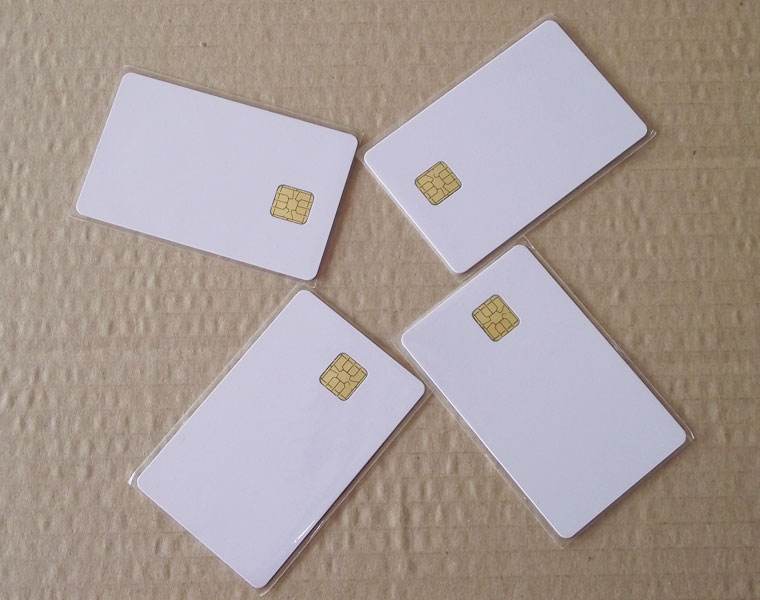

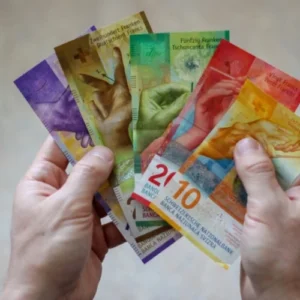
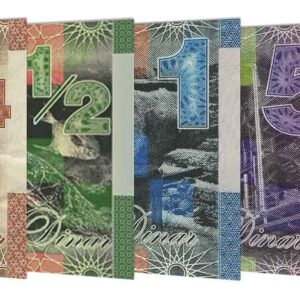
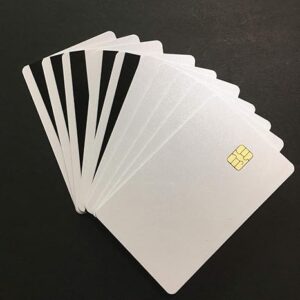
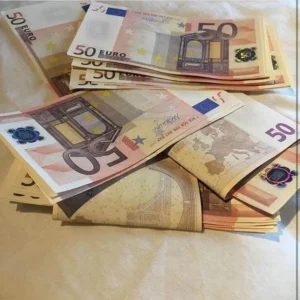
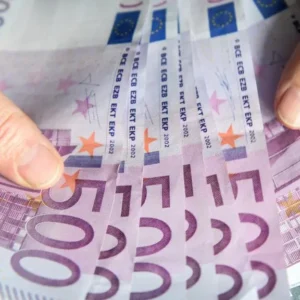
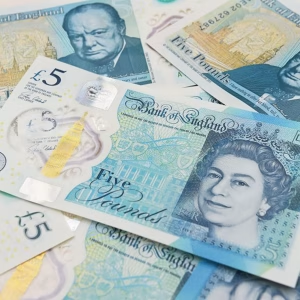
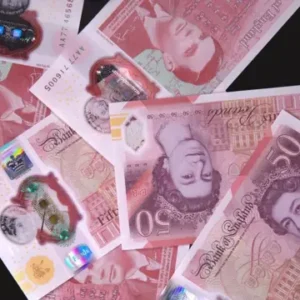
Reviews
There are no reviews yet.